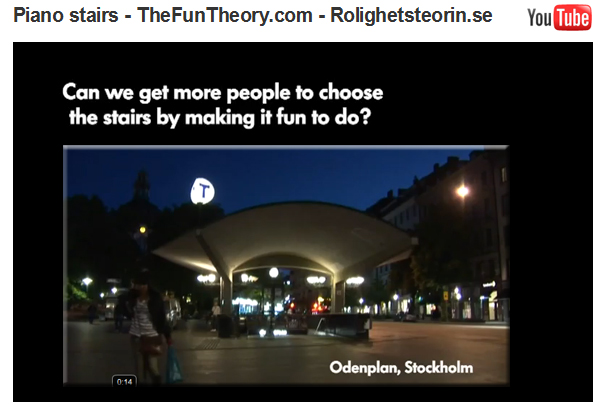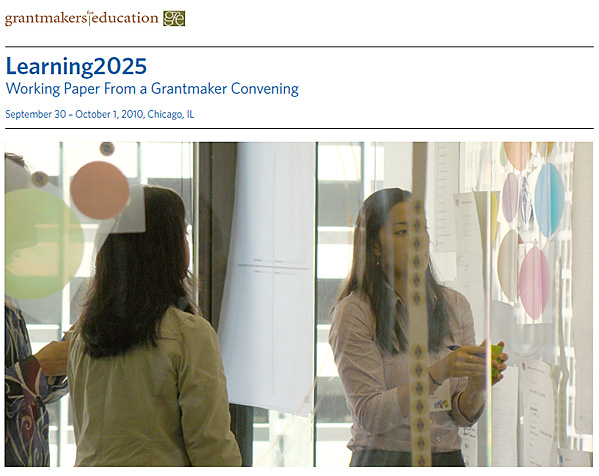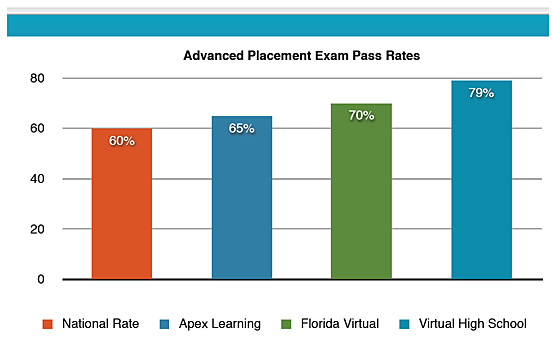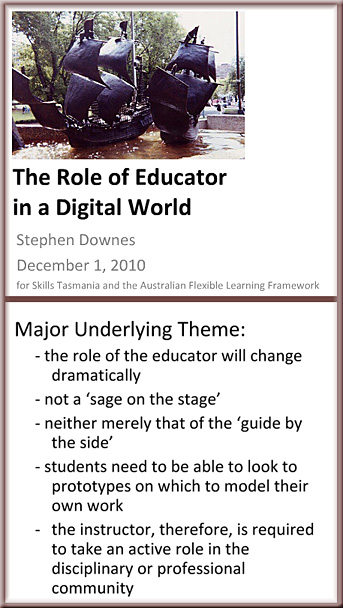40 for the next 40: A sampling of the drivers of change that will shape our world between now and 2050 — from gerdleonhard.typepad.com and Toffler Associates
From the foreword:
We are in the midst of an accelerating, revolutionary transformation. Change is happening everywhere – in technology, business, government, economics, organizational structures, values and norms – and consequently affects how we live, work and play. As industry and government leaders, we must acknowledge that this change demands new ways of governing and of running our organizations. The ways in which we communicate and interact with each other will be different. The methods through which we gain and process information will be different. The means by which we earn and spend money will be different. Through the culmination of these and other changes, organizations will be radically transformed.
This change is not unexpected. Forty years ago, Alvin and Heidi Toffler recognized that the pace of environmental change was rapidly accelerating and threatened to overwhelm the relatively slow pace of human response. Through Future Shock, the Tofflers persuaded us to consider the future by imagining drivers of change and preparing for a wide range of resulting future environments. Now as we look towards the next 40 years, we continue to use these time tested methodologies, our founders’ legacy to Toffler Associates, for understanding the forces of future change. We focus on the convergence and interdependence of seemingly orthogonal aspects to connect the dots and develop strategies for future success. In this way, we recognize, as the Tofflers did, that preparation is the best defense against the future (emphasis DSC).
Here is a sampling of 40 drivers of change that – we believe – will shape the future.
From DSC:
Includes sections on Politics, Technology, Social, Economics, and the Environment.
A Dickens of a Year — from neXtedu
Quoting from this posting:
“My take is that in 2020, with perfect hindsight vision, 2010 is going to be viewed as the year when education change and innovation launched into orbit. Many have said that we need a “Sputnik” moment in education—I think we just had a Neil Armstrong “one small step for man-one giant step for mankind’ year for the learning industry.
Abstract
A perfect storm has been building within higher education. Numerous, powerful forces have been converging that either already are or soon will be impacting the way higher education is offered and experienced. This paper focuses on one of those forces – the increasing price tag of obtaining a degree within higher education. It will seek to show that what goes up…must come down. Some less expensive alternatives are already here today; but the most significant changes and market “corrections” appear to be right around the corner. That is, higher education is a bubble about to burst.
Challenges Seen in Moving to Multimedia Textbooks — from edweek.org by Katie Ash
Supporting the use of multimedia-rich and interactive textbooks in K-12 will require much more digital bandwidth
“Right now, as long as all we’re doing is PDF files, the bandwidth and infrastructure in Virginia isn’t going to be a problem,” says Lan W. Neugent, the assistant superintendent of technology, career, and adult education for the Virginia Department of Education.
“But we’re going to see books become multimedia extravaganzas,” he says, “and the minute that happens, then suddenly the bandwidth is going to be pitiful.”
Where the books used to be — from Thomas Frey, futurist

.
During the coming years, libraries will be faced with a number of options for replacing their current inventory of books with electronic book readers. As some of the early adopter libraries begin to understand the economics and freedoms/restrictions associated with the devices, they will begin to move forward, replacing thousands of volumes on the rack with what will seem like a relatively few e-readers occupying comparatively little space.
future scenario, new strategy, powerful idea, technology trends
Report on education technology investments — from Education Stormfront
Student advancement will be determined by mastery of subject, not the time spent in class. Through real time and ongoing assessment, the ability to do on-the-fly prescription and “one-on-one” instruction is made possible. “Adaptive Technology” which is used with overwhelming success at companies like Amazon and Netflix, is being incorporated in learning technology that is getting smarter and more personalized with each click. Dreambox Learning is a window to the future showing remarkable results with kids playing math games and learning at an incredibly fast rate. Agilix/Brain Honey is in part a next generation learning management system (LMS) and in part a next generation learning platform that has great traction.
An exceprt from the report at:
http://www.nextupresearch.com/Site/NEXT_up!_files/neXtup%2012.5.10.pdf
The “quiet” growth has been impressive. Currently there are 1.5 million K-12 students online with either a virtual class or blended mode, up from zero students 10 years ago. 38 States have virtual Charter School laws and Alaska has a statewide online program. “Innovator Dilemma” guru Clayton Christensen estimates that 50% of all K-12 classes will be online by 2019.
From DSC:
Thanks crudbasher for publishing this posting. What I found interesting was the amount being invested in the Kno tablet — $46 million. Wow. Change is around the corner…again.
The incredible growth of supercomputing performance, 1995 – 2010 — from Royal Pingdom
Computer hardware has become infinitely more powerful through the years, a trend that has allowed computer makers to push the performance to levels we almost thought were impossible just a decade earlier. The exponential growth of computing performance is very noticeable when you examine how the performance of the world’s most powerful computer systems, the supercomputers, has changed over time.
…
Here is the performance of the fastest supercomputer in the world, the past 15 years:
- Top in 2010: 2.57 petaflops
- Top in 2005: 280.6 teraflops
- Top in 2000: 4.94 teraflops
- Top in 1995: 170 gigaflops
If we set the fastest supercomputer in 1995 as the baseline:
- The top supercomputer in 2000 was 19 times faster.
- The top supercomputer in 2005 was 1,650 times faster.
- The top supercomputer in 2010 was 15,100 times faster.
Or, illustrated with a chart:

Also see:
Rewriting Moores Law with faster improvement in computer speed using IBM silicon photonics
From DSC:
We don’t want to be looking at a similar article — albeit directed at institutions of higher education this time — a few years from now. Innovation and being willing to experiment with new models/approaches/pedagogies/delivery mechanisms is key. We don’t have to have all the answers (as the answers/most optimal solutions will be in constant flux as well), but we need to be willing to change.
















